Description
The study of signals and systems is basic to the discipline of electrical engineering at all levels. It is an extraordinarily rich subject with diverse applications. In fact, for a proper appreciation and application of other areas of electrical engineering, such as signal processing, communication systems and control systems, a comprehensive understanding of signals and systems is essential.
This book presents a modern treatment of signals and systems at an introductory level. As such, its use is geared towards university undergraduate engineering courses and is designed to prepare students in advanced courses in communication systems, control systems and digital signal processing
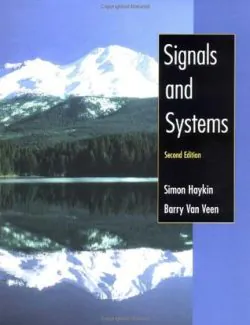
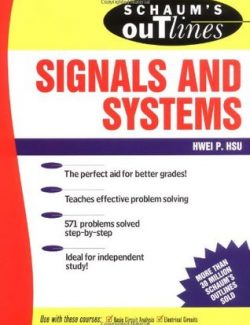
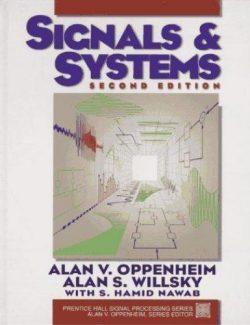
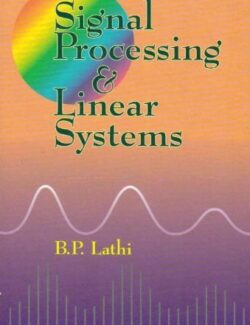
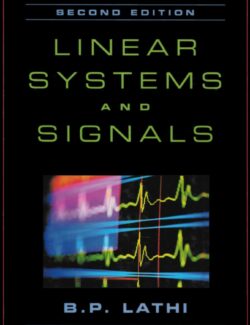
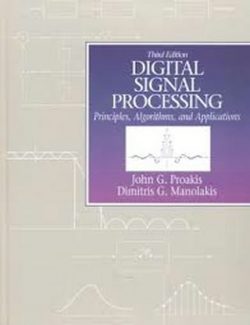
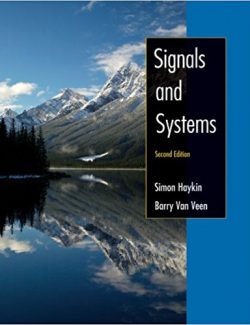
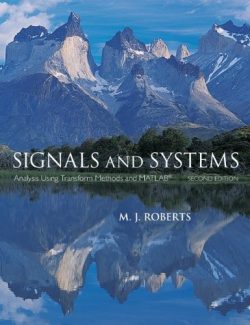
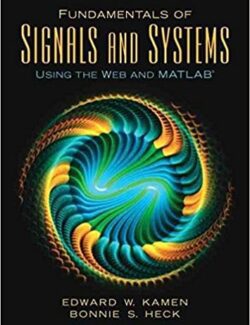



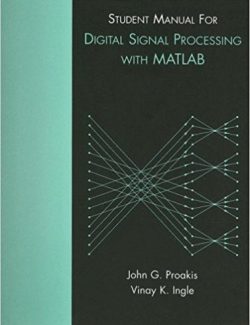
Leave us a comment
No Comments